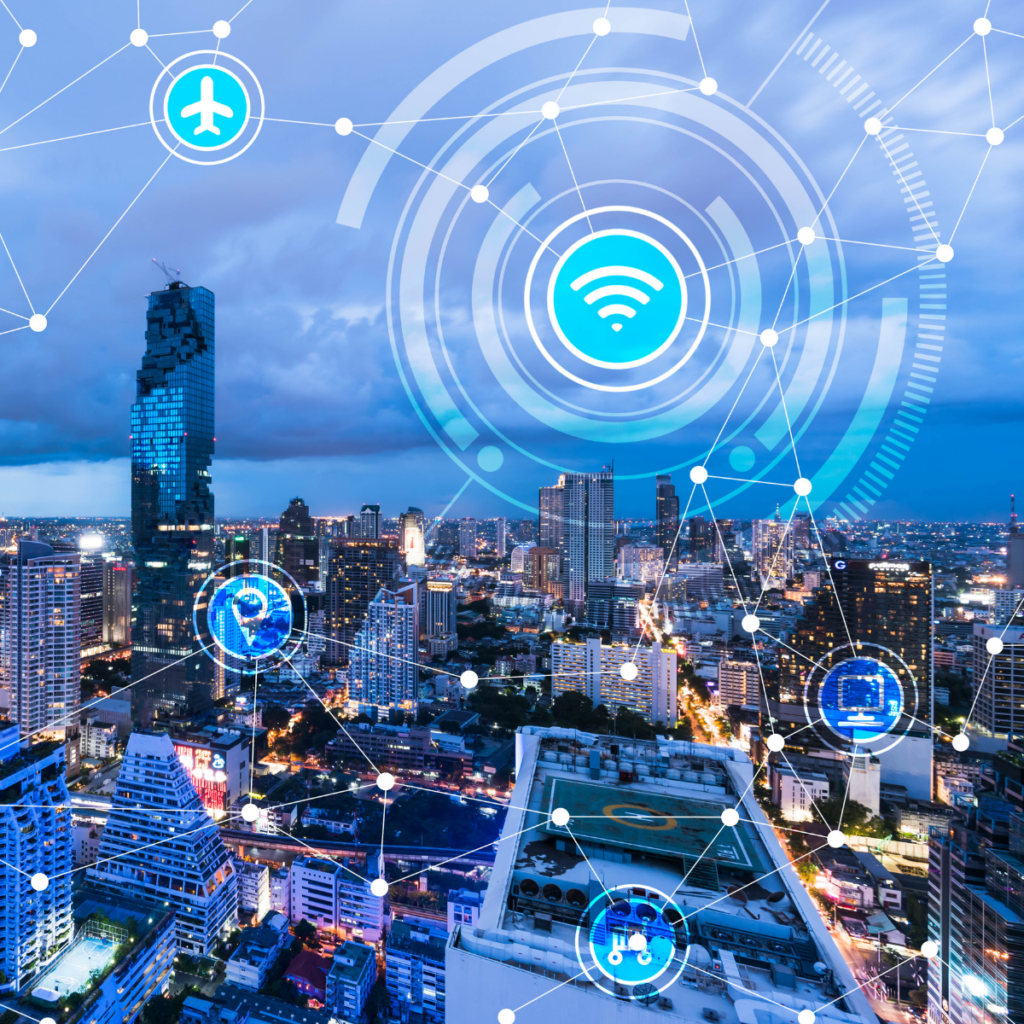Introduction
Smart machines are transforming industries globally, and the integration of IoT (Internet of Things) is at the forefront of this revolution. By connecting machines to advanced IoT networks, businesses can unlock unprecedented levels of efficiency, reliability, and innovation. This article explores how IoT solutions are enhancing smart machines and driving digital transformation across various sectors.
The Role of IoT in Smart Machines
Connecting Devices for Smarter Operations
IoT technology connects devices, enabling them to communicate and share data seamlessly. This interconnectedness allows smart machines to operate autonomously, optimize performance, and reduce downtime through predictive maintenance. By leveraging this connectivity, industries can create ecosystems where machines work in harmony, ensuring smooth and efficient operations even in complex environments.
Real-Time Data and Insights
IoT-equipped machines provide real-time data, offering insights that drive decision-making. These insights help businesses identify inefficiencies, improve operational workflows, and enhance product quality. For example, logistics companies use IoT to monitor vehicle locations and optimize delivery routes, while healthcare providers leverage IoT for patient monitoring and diagnostics, leading to faster and more accurate treatments.
Benefits of Next-Gen IoT Solutions for Smart Machines
Improved Efficiency and Productivity
Integrating IoT with smart machines boosts efficiency by automating routine tasks and minimizing errors. For instance, in factories, IoT-enabled robots streamline production lines, enhancing productivity and ensuring consistent product quality. Furthermore, automated systems free up human workers to focus on higher-value tasks, driving overall business growth.
Predictive Maintenance for Reduced Downtime
How Predictive Maintenance Works
IoT sensors monitor machine performance, identifying potential issues before they lead to failures. This proactive approach reduces downtime, saving time and costs. Advanced analytics provide actionable insights, allowing maintenance teams to address problems before they escalate. This results in a significant reduction in unexpected outages and repair costs.
Case Study: Manufacturing Sector
In manufacturing, IoT-driven predictive maintenance has minimized machine breakdowns, ensuring uninterrupted operations and extended equipment lifespan. For instance, a large-scale manufacturer reported a 30% reduction in downtime after implementing IoT-based monitoring systems, highlighting the transformative potential of this technology.
Enhanced Safety and Compliance
Safety Features with IoT Integration
IoT solutions improve safety by warning of dangerous conditions and ensuring that machines comply with regulatory standards. Sensors can detect anomalies such as overheating or excessive vibration, triggering alarms and shutting down machinery to prevent accidents. These safety measures protect both workers and equipment.
Applications in High-Risk Industries
Industries like oil and gas utilize IoT-enabled safety systems to protect workers and assets while maintaining compliance with stringent regulations. For example, IoT sensors monitor pipeline integrity, reducing the risk of leaks and environmental disasters. These applications demonstrate the critical role of IoT in promoting safety and sustainability.
Key Challenges in Implementing IoT Solutions
Data Security and Privacy
With the increasing connectivity of devices, ensuring data security is paramount. Businesses must adopt robust encryption and cybersecurity measures to safeguard sensitive information. Regular audits and employee training programs can further enhance security protocols, reducing the risk of cyberattacks and data breaches.
High Initial Investment
Implementing IoT solutions requires significant investment in hardware, software, and training. However, the long-term benefits often outweigh these initial costs. Governments and industry leaders are increasingly offering subsidies and incentives to encourage IoT adoption, making it a more accessible option for businesses of all sizes.
The Future of Smart Machines with IoT
AI and IoT: A Powerful Synergy
Artificial Intelligence (AI) combined with IoT is set to revolutionize smart machines. AI-powered analytics will further enhance machine capabilities, enabling smarter and more adaptive systems. For example, AI algorithms can predict equipment wear and tear with greater accuracy, allowing businesses to optimize maintenance schedules and reduce operational costs.
Expanding Applications Across Industries
From healthcare to agriculture, the applications of IoT in smart machines continue to grow, promising innovative solutions to complex challenges. In agriculture, IoT sensors monitor soil conditions and weather patterns, optimizing crop yields. Similarly, in healthcare, wearable IoT devices track patient vitals, enabling remote monitoring and early intervention.
Conclusion
The integration of IoT with smart machines is redefining the industrial landscape. By leveraging next-gen IoT solutions, businesses can achieve greater efficiency, safety, and innovation. As the technology continues to evolve, the potential for smart machines to revolutionize industries is boundless. Companies that embrace this transformation today will be well-positioned to lead in the future. Contact us to discover how we can help you harness the power of IoT for your business.
